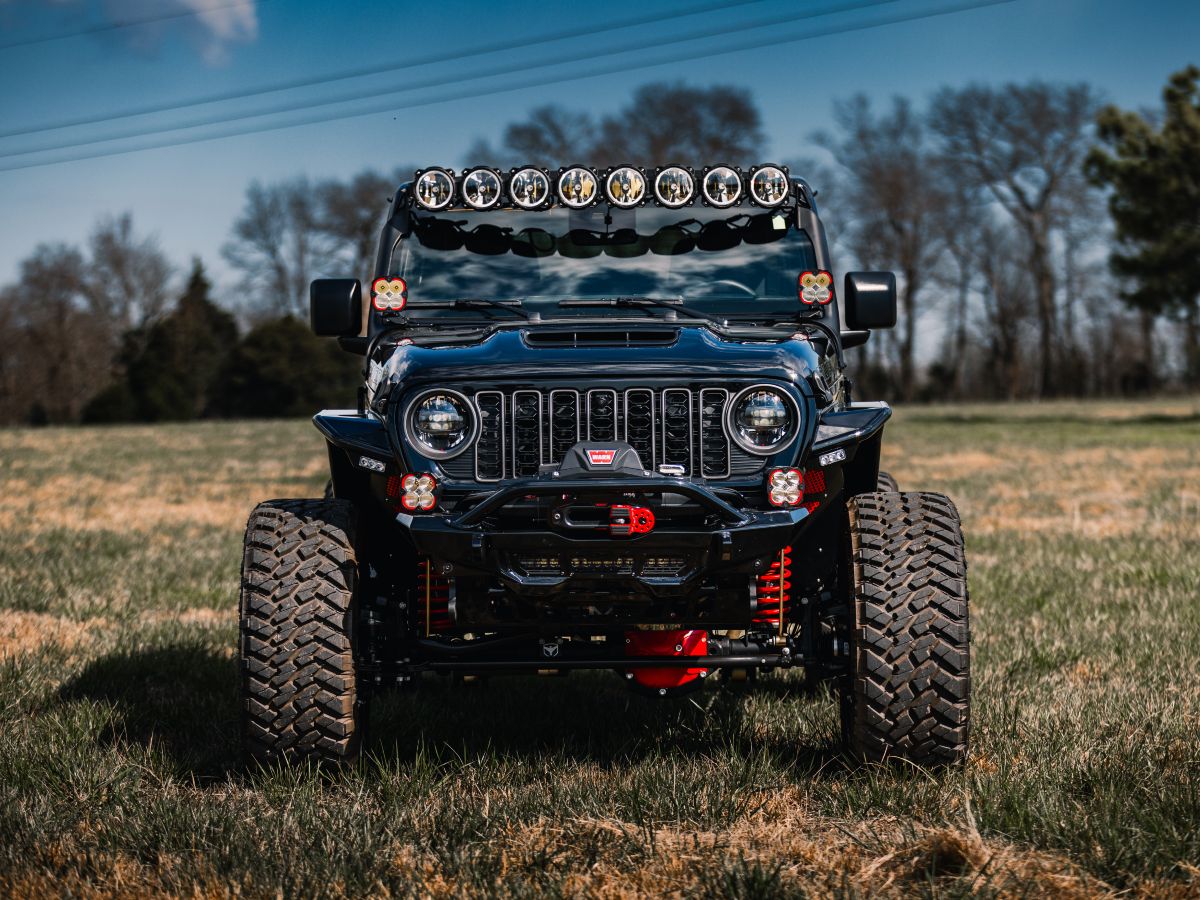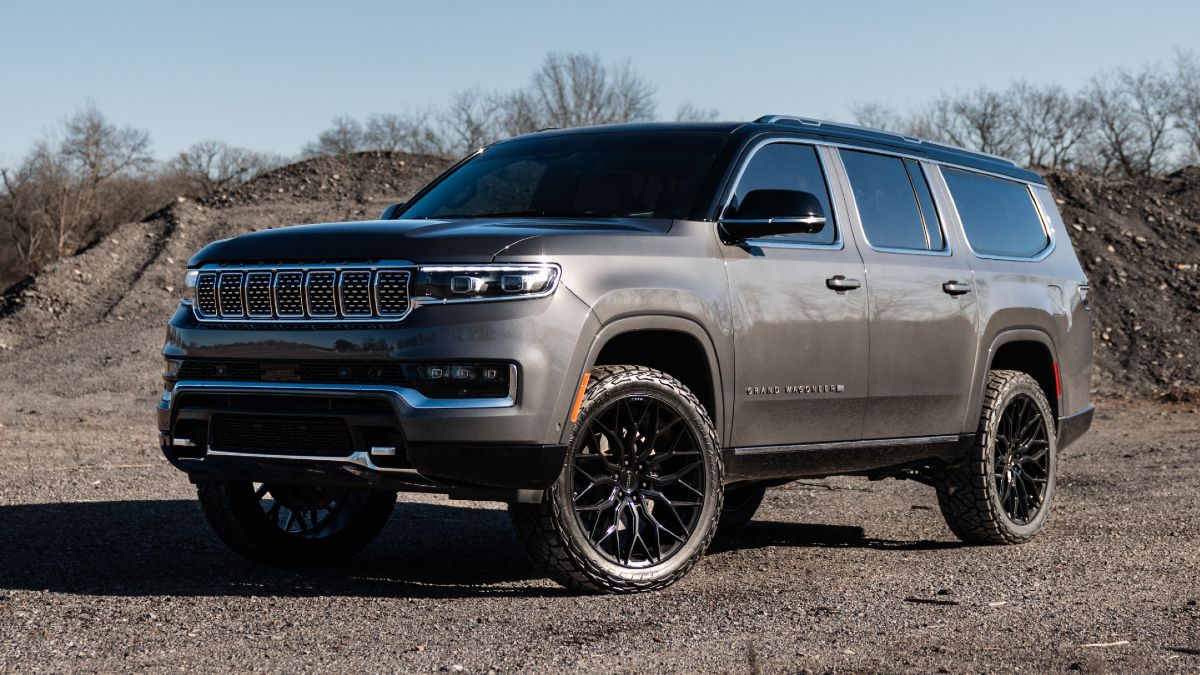There are all kinds of lighting upgrades and add-ons that you’ve likely already considered adding to your custom vehicle, whether it be a lifted Jeep or pickup truck. From roof-mounted lightbars to hood-mounted spot lights and so many other options, sometimes it’s easy to overlook your actual headlights. If your vehicle doesn’t come standard with LED headlights, you may want to consider making the upgrade — especially if you’re already customizing your vehicle in other aspects.
LED lights offer brighter illumination, longer lifespan and a modern aesthetic that will transform your vehicle’s front end. But before making any lighting changes, it’s important to know the legal limits here in Oklahoma. You might not realize it, but there are rules and regulations for automotive lights, and you’ll want to make sure your rig will be compliant when you’re done with it.

Why Upgrade to LED Headlights?
Before we dive into the details on the legality of different headlights, let’s discuss why LED headlights are the way to go in the first place. LED, which stands for Light Emitting Diodes, have become the go-to choice for lighting in just about every industry and standard, including the automotive aftermarket. Here are a few benefits of LED headlights over their competitors:
- Brighter output; better visibility at night, in the dark, in poor weather conditions, etc.
- Lower power consumption; more efficient than halogen, high-intensity discharge systems
- Longer lifespan; LEDs can last up to 25,000 hours or more
- Modern aesthetics; crisp white light gives vehicles a high-end look
Brightness, efficiency, longevity, style… LED headlights have it all, but brighter isn’t always better when it comes to staying street legal. So now, let’s dive into what you need to know about Oklahoma headlight laws.
Oklahoma Headlight Laws
Title 47 of the Oklahoma Statutes is where all state regulations regarding vehicles are contained, including laws related to headlights and LED upgrades. We’ve pulled five specific rules out of Title 47 that you’ll want to keep in mind before upgrading to LED headlights.
- Color restrictions; headlights must emit white or amber light
- In particular, you should avoid any exterior or interior lighting that resembles any emergency vehicles, including blue and red, as these are prohibited for civilian use.
- Height requirements; headlights must be mounted between 24 to 54 inches from the ground
- This law especially comes into play for lifted vehicles, as particularly high lifts may require you to reposition your headlight housing so that it falls within this range.
- Beam intensity; headlights must not be so bright that they blind, distract other drivers
- While it would make things easier and clearer if Oklahoma had specified a maximum lumen output, instead we simply have to make sure not to “blind or distract” other people on the road. You’ll just have to make sure that you’re choosing lights that aren’t too bright, and that they have a proper beam cutoff.
- DOT compliance; headlights must be approved by the Department of Transportation
- The federal government has official standards for beam pattern, brightness, safety and more. Before purchasing an aftermarket LED kit, make sure to check DOT compliance.
- Auxiliary lighting; additional lights are permitted, but must be used responsibly
- While this has to do with all of the accessory lights we’ve mentioned rather than the headlights themselves, we still wanted to include it here. Make sure to save your high-output LEDs for the trail rather than leaving them on while driving down public roads, as doing so can result in fines when approaching traffic.
If you need help determining whether or not you should upgrade to LED headlights for your build, or which LED lights you should opt for, feel free to reach out to us right here at Glover Customs. We’d love to help you finish your build and bring your vision to life.


